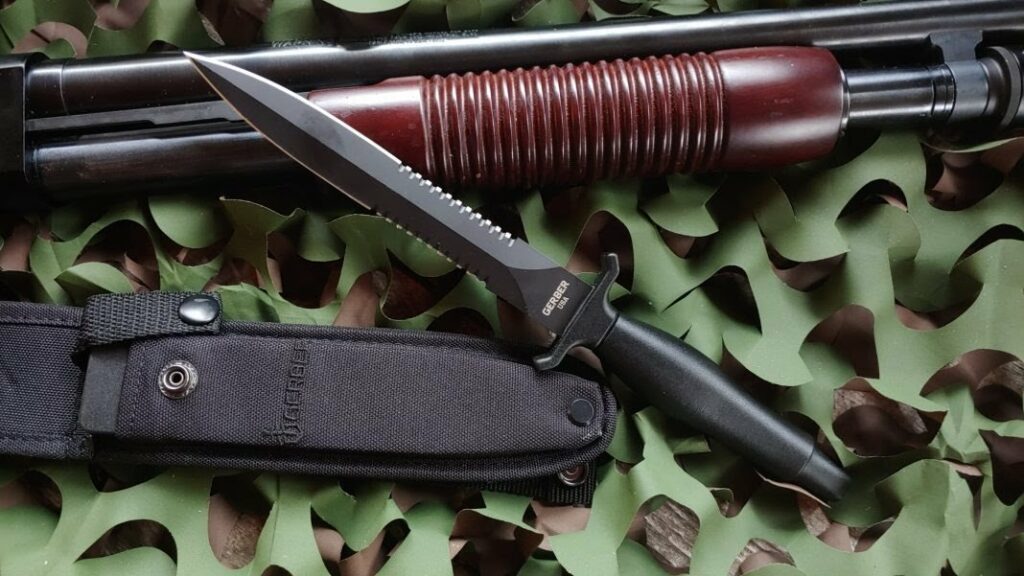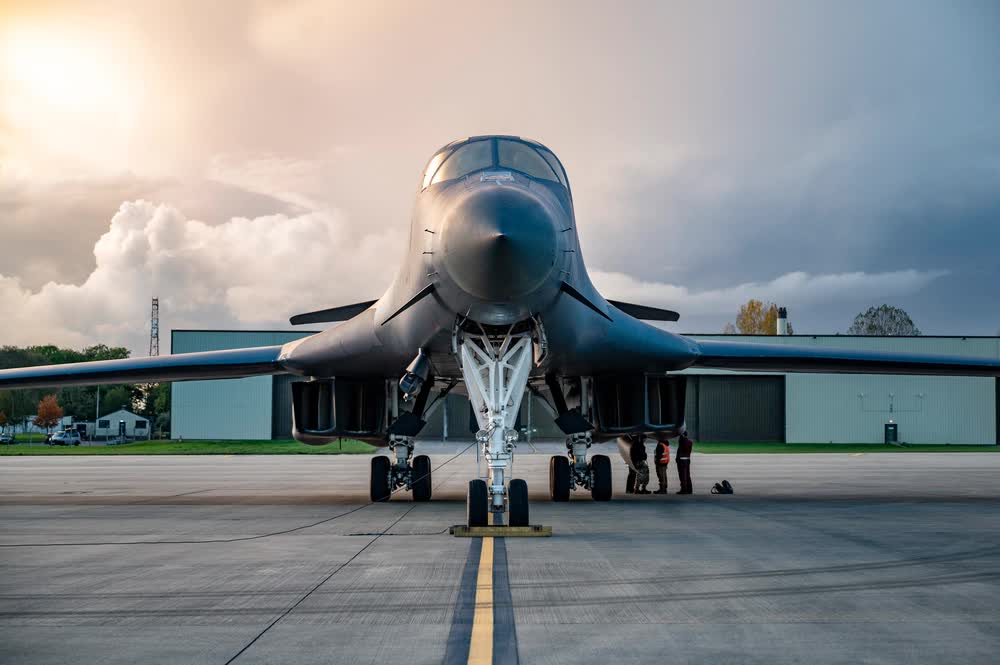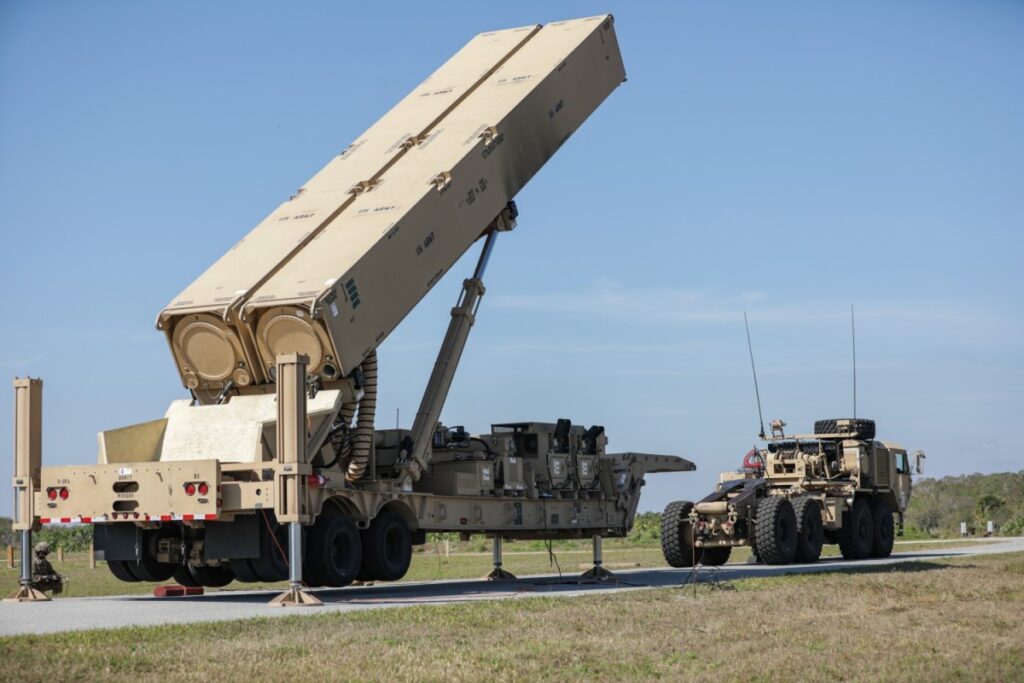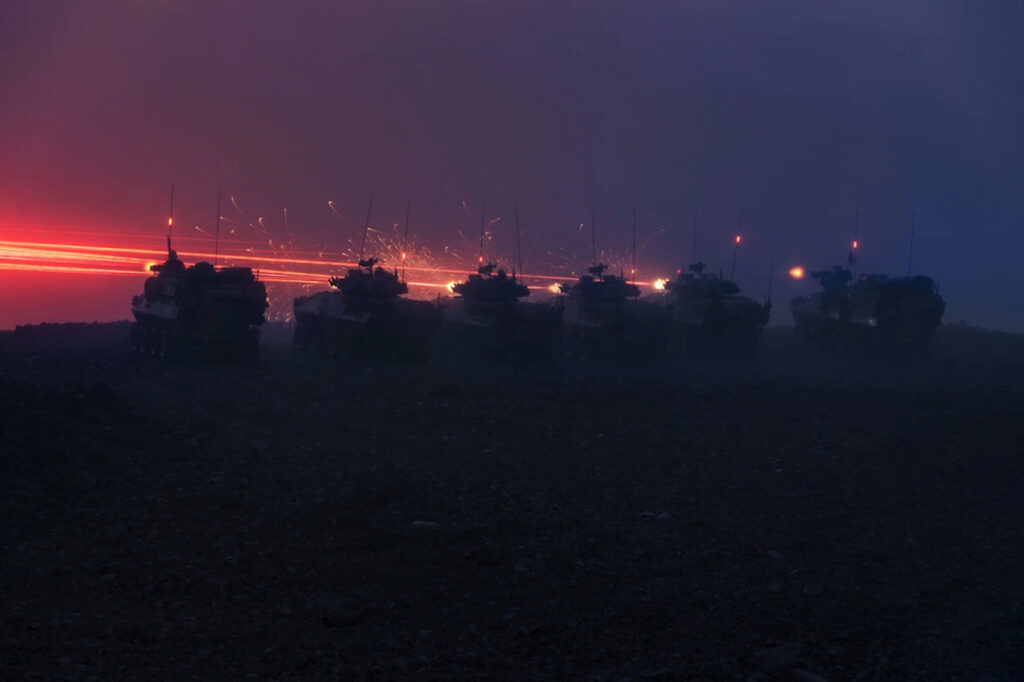Pop quiz, which military force still teaches knife fighting? Well, if you read the title of the article, you’ll already know. The United States Marine Corps teaches Marines how to fight with a knife as part of the Marine Corps Martial Arts Program. The Marines have long been associated with the famed KA-BAR for a reason. I’ve never been in a knife fight, but the idea of one has always terrified me. So I paid attention to that portion of the training.
Actually, knife fighting turned out to be one of my favorite parts of MCMAP training. Learning the basic slashes, stabs, and such was interesting, but it was the practical portion that fascinated me. Our instructor would toss a knife between two Marines, and we’d fight for it. It really taught me that knife fights end quite quickly and reinforced my fear of the knife fight.

So what does the Marine Corps teach Marines about knives? Well, let’s take a crash course on the basics. I shouldn’t have to say this, but never attempt to train with a real knife, and never do so without an experienced instructor guiding you.
Knife Fighting and the KA-BAR
Knife fighting in the USMC is quite simple. It’s built around the famed Marine KA-BAR and makes use of the blade’s length and design. There are lots of schools of thought on fighting knives. I’m not an expert, but it’s easy to see how the design inspired the techniques.

Previous fighting knives like the Ek Model 4 and the M1918 Trench knife would have worked poorly with these techniques. The USMC took advantage of the KA-BAR’s belly and clip point to ensure their Marines would be lethal with a variety of techniques.
That being said, the KA-BAR is not the only knife these techniques are applicable to.
Knife Fighting – Stance and Grip
I dusted off my old MCMAP manual and dived into the knife fighting section with glee for this article. Right off the bat, the first thing you need to remember is that the knife stays in the box. The box is the area from your shoulder to your waistline. You want tight, controlled movements, not wild swings. Wild swings leave you wide open for a counterattack.
Second, your blade is always pointing at the bad guy. You should also apply forward pressure to keep your opponent off balance. Every knife attack should use forward pressure and your bodyweight.

Marines hold the knife close to the body, between the belt and chest area. This allows for the retention of the knife and prevents an opponent from wrestling it away. Knife fighting means keeping your knife in your hand. Your non-dominant arm protects the neck, head, and ribs.
You hold the knife like a hammer with your fingers wrapped around the hilt. In later belt levels, you learn alternative techniques, but the hammer grip is at the core of Marine knife fighting.
Knife Fighting – Slash and Stab
The Marine Corps teaches a variety of knife techniques made up of slashes and stabs. Each has its own purpose and technique. However, none are the fancy stuff you see in John Wick flicks.
Marines learn a variety of techniques designed to be efficient and simple. As they earn higher-level belts, they learn more advanced techniques. Footwork serves as the core of MCMAP knife fighting.

Marines aim to move and rotate around the enemy to gain an advantage over their opponent. Footwork wins fights, and proper footwork allows Marines to gain access to exposed portions and end the fight quickly. Knife fighting is like any other form of fighting and relies on footwork to kill the enemy.
Slashes are designed to keep an enemy off balance and to allow Marines to close the distance. Once the distance is closed, the Marine can then stab. Stabs do more damage and are more lethal. They end the fight faster and ensure the Marine is the victor.
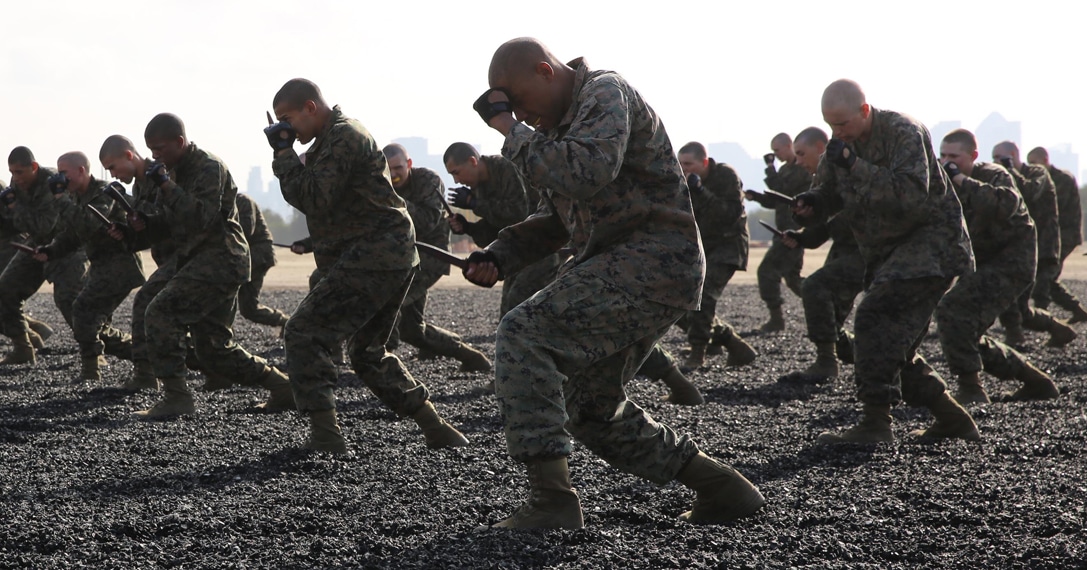
A technique called bulldogging was always my favorite. It involved a strike with the left hand and basically amounts to a charge forward with the knife. You hit and stab your opponent over and over again. Even thinking of it brings back the pain from a training knife impacting my ribs when it missed my plate carrier.
In the brown belt portion, Marines learn to block in a knife fight and deal serious damage to an aggressor. These techniques require proper footwork and rapid counterattacks.
When you get to black belt techniques, you learn the ole ice pick grip and the same slashes and stabs as before, but it changed slightly for the ice pick grip.
Putting It In Focus
Knife fighting fascinates me, in the same way most things I fear fascinate me. The reason why I became a Marine was from the stories and legends of Marines being wild animals on a battlefield. It’s easy to see why this reputation is earned when knife fighting takes up several chapters in your combative manual. If you want a more in-depth look at the USMC knife fighting techniques, check out the MCMAP manual.
Also, it bears repeating: do not try and practice these techniques with a real knife and without being under the watchful eye of a trained instructor. Heck, even the Marines use training knives. Knife fights might be common these days, but I hope the Marine Corps never lets go of that warrior mentality.
